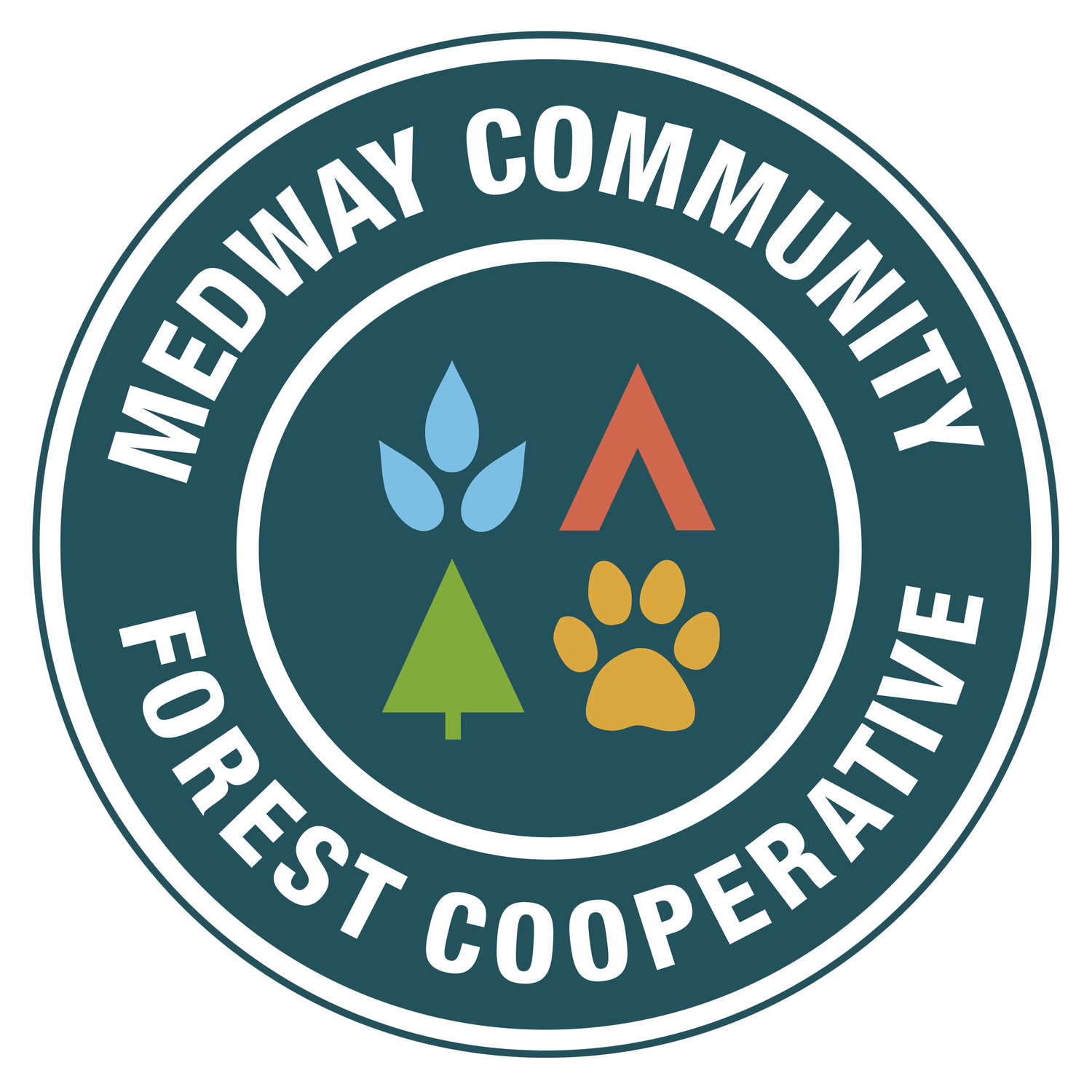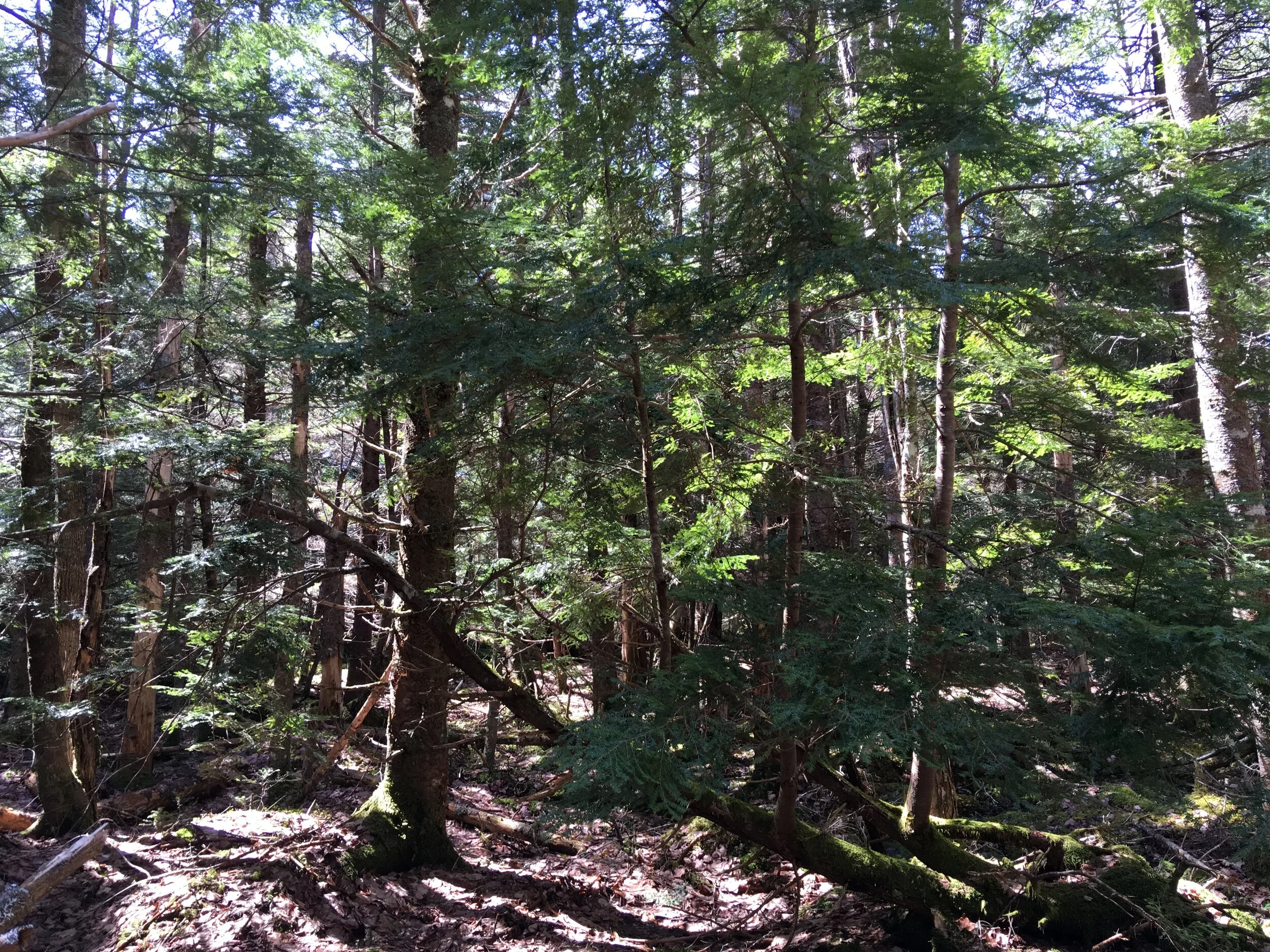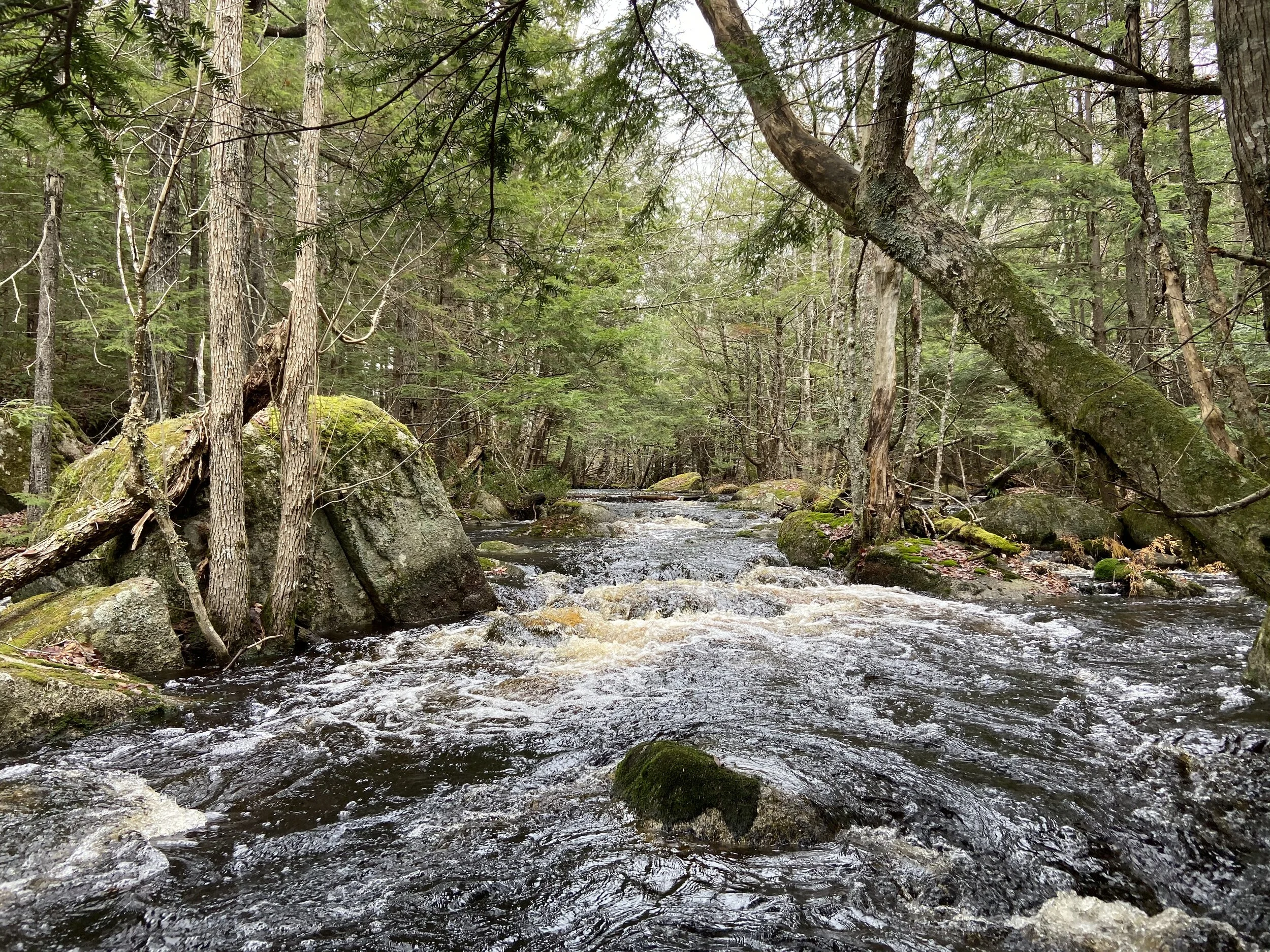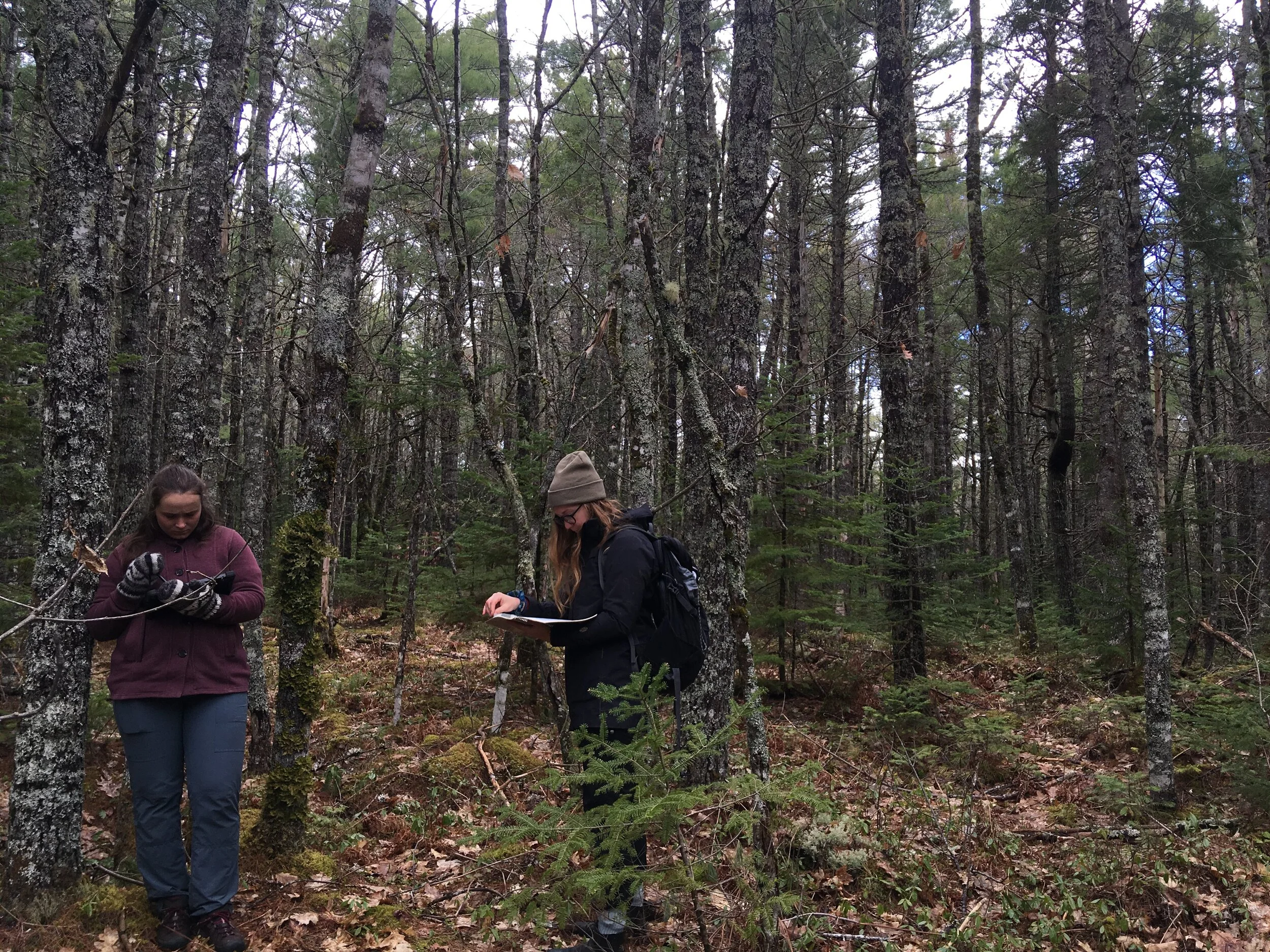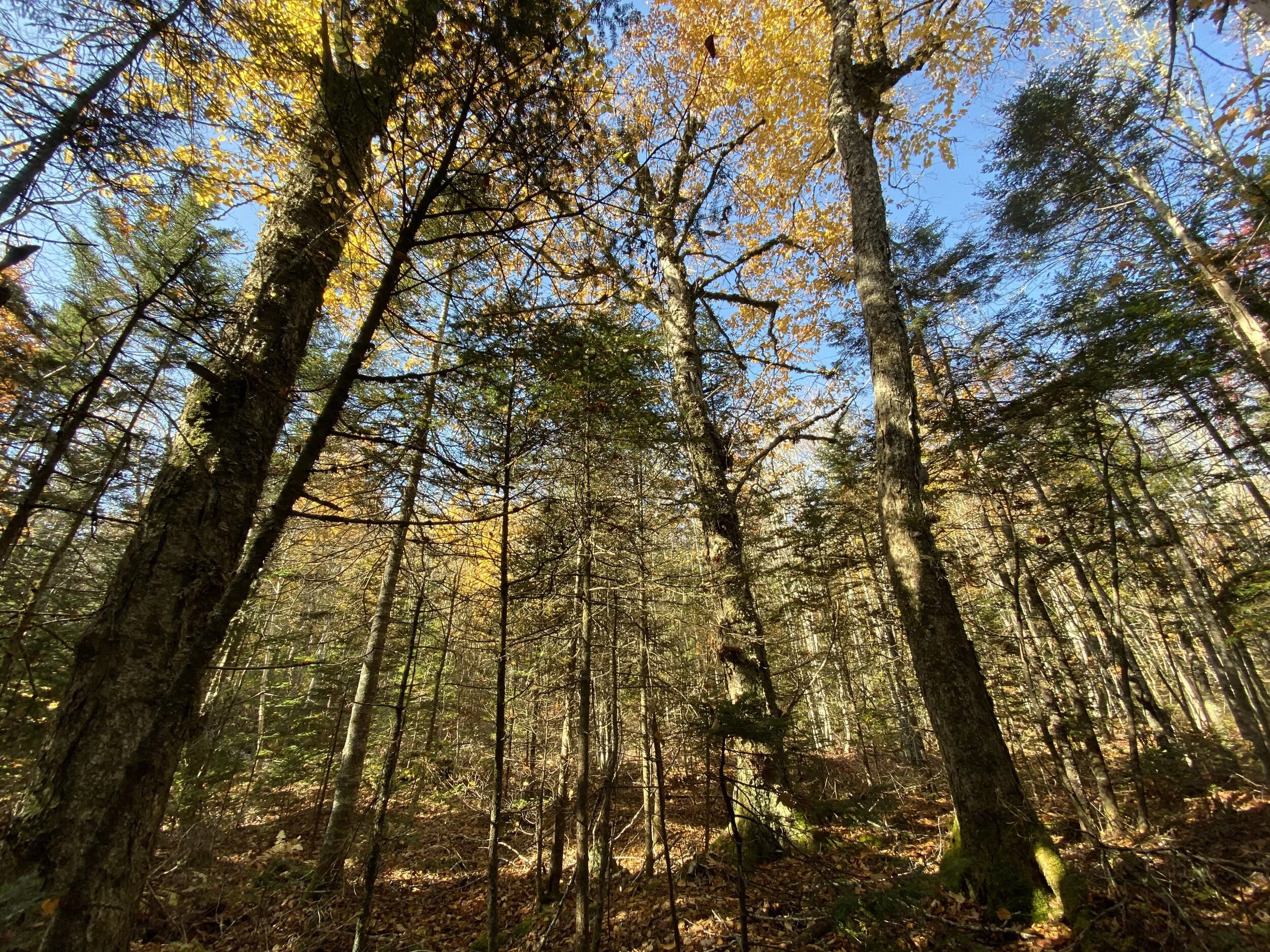Harvest Blocks Open for Comment - August 2020
We have new harvest blocks up for comment on the Province’s Harvest Plan Map Viewer (HPMV). They will be open for comment until September 13th, and we encourage our members, and members of the community to provide feedback. If you’re not sure where to find our license area in the viewer, our license area located in Annapolis Co., nestled in between the Medway Lakes Protected Area , the Tobeatic Wilderness Area and Kejimkujik National Park and Historic Site. We’d prefer if you provided comment directly through the viewer, however you can also contact us through email.
Here are some additional details on the prescription for each of the proposed blocks:
AP190005A&B: Group Selection and Commercial Thinning - 17.69 & 6.5 ha
AP190005 contains a mixed stand structure, applying a two separate treatments allows us to utilize different methods to achieve similar results.
This block is located in the central region of the MCFC, nearby Snowshoe Lakes Nature Reserve. The species composition is softwood dominated, primarily red spruce, hemlock, balsam fir and white pine. There are some scattered old hemlock trees in the area which our block boundaries have been drawn to exclude, however the site is generally a younger mature structure, ranging from 50-90 years old.
Group selections are executed when the are only scattered areas within a harvest block that contain merchantable wood. The aim is to keep those areas with healthy, vigorous growing stock standing, and harvest small patches to create better growing conditions for shade tolerant - mid-tolerant species such as red spruce or white pine.
The aim of a commercial thinning is to ‘release’ suppressed trees, increasing the amount of light available for remaining trees and encouraging growth. A commercial thinning is generally done in stands that show vigorous growth, and an ability to produce high quality sawlogs. They are even-aged treatments, however, since the MCFC aims to promote Acadian forest restoration, we will not be executing a final overstory removal - the traditional follow-up treatment to a commercial thinning.
See a detailed map of AP190005
AP190007: Individual Tree Selection - 11 ha
Although we neglected to take a photo within AP190007, we did get this snap of the mighty Medway River across the East Branch Rd. within the Medway Lakes Wilderness Area. Having this important watercourse adjacent to the harvest area reiterates the need for ecologically-based and lighter touch forestry practices.
This harvest area is adjacent to the East Branch Rd., which borders the Medway Lakes Protected Area and within a biodiversity-rich landscape. Due to the high proportion of hemlock within the block, we are aiming to study to progression of Hemlock Woolly Adelgid (HWA), and any responses in relation to the proposed selection harvest.
The goal of a selection harvest is the removal of unhealthy, low vigour trees while maintaining and promoting the quality and growth of residual trees. A selection system assumes periodic return entries when basal area begins to reduce optimal growth levels approximately every 10-20 years; each time removing roughly 25-30% of the basal area. Harvest is targeted to stems of lower quality and declining vigour, to optimize the growth of suppressed, but healthy growing stock. This is an uneven-aged treatment very aligned with promoting shade tolerant Acadian forest species such as red spruce, hemlock, sugar maple and yellow birch.
See a detailed map of AP190007
AP190010: Irregular/Restoration Shelterwood Harvest - 16 ha
MCFC staff helping conduct a pre-treatment assessment in block AP190010
This stand is dominated by a white pine overstory, mixed with an intermediate canopy of hardwood species including red maple and red oak. Through an irregular shelterwood harvest, we’ll aim to retain mature features and promote the release of advanced regeneration.
Irregular shelterwoods are dynamic harvests that take stand-level characteristics into operational planning. Once the block is approved, we will create a prescription that will encourage natural regeneration as well as improve growing conditions for retained trees. This will involve the creation of gaps in areas with existing regeneration or high proportions of low-vigour trees, and thinning in areas that are currently densely spaced. An important component of successfully executing this prescription is laying out gaps and tree marking before the contractor moves in to complete the harvest. Rather than a uniform removal, we will instead be seeking to retain only the highest quality growing stock of long-lived species such as white pine and red oak where they exist to help seed the next regeneration of forest.
See a detailed map of AP190007
AP190013: Individual Tree Selection - 14 ha
AP190013 has an existing uneven age structure, which can be maintained by utilizing treatments such as individual tree selection. These scattered relic yellow birch trees are priority for retention to maintain wildlife features such as cavity trees.
Similar to block AP190007, AP190013 will be harvested through an individual tree selection treatment. However, the species composition of this stand is more dominant to red spruce, with a mix of white pine, balsam fir, hemlock and yellow birch. There are areas of this stand that have been previously treated as well as areas of blow-down from Hurricane Dorian. Although the prescription is a selection harvest, the layout will likely have some non-uniform characteristics due to these stand changes and variability. These decisions are made during tree marking, where our trained foresters identify the best trees for removal and retention.
